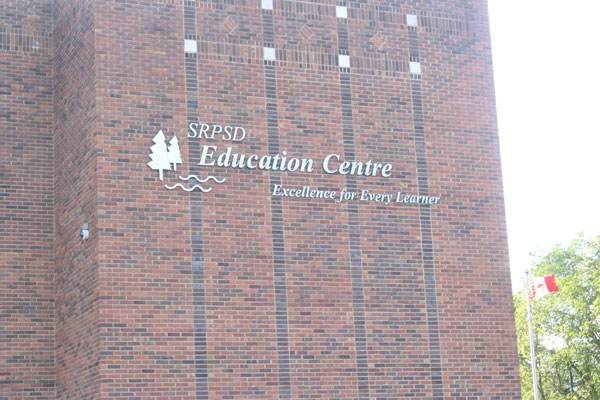ast Thursday the Government of Saskatchewan announced nearly $29 million in approved funding to support schools during the pandemic. The latest funding will help school divisions and independent schools with sanitation, substitute teacher costs, procure PPE and assist schools in ensuring proper supports for students are in place for the fall of 2021.
Some of the money was targeted to specific projects, while the rest of the funding was allocated out of what was leftover from the province’s COVID-19 contingency fund.
School divisions are receiving $20.7 million to be used for interventions for Grade 1 students who did not attend Kindergarten in 2020-21, interventions to support Grade 1 to 3 students who are behind in their reading levels, support staff to reach out and engage with students and families that did not attend or had low attendance in 2020-21, supporting student mental health and Sanitation and PPE.
In addition, $4.9 million from the nearly $29 million will be allocated to school divisions and independent schools to recognize previous and future purchases made directly for PPE required to maintain the safe operations of schools during the pandemic.
While The Saskatchewan Rivers School Division wasn’t allotted funding for any specific projects this time around, they did receive some of that leftover money.
“This was a nice surprise,” director of education Robert Bratvold said.
“ I am thankful the Ministry recognizes this need and not just in words but in funding as well. Schools have already been doing work on connecting students and helping them adjust. This is a welcome (help for) work that is already taking place.”
Phase three of the targeted funding had narrow eligibility requirements surrounding substitute costs and PPE. Sask Rivers had already addressed both areas, and didn’t qualify under this round of targeted funding.
The third phase of funding saw 53 applications approved for provide new funding for school divisions, qualified independent schools and historical high schools.
Phase three was in addition to the $37.5 million announced in December and the $51 million announced in September. All of that funding comes from the more than $150 million in the COVID contingency fund for education from provincial, federal and school division savings.
The Ministry of Education said that in September, Sask. Rivers received $798,330 and then a further $3,237,494 in December. The Prince Albert Catholic School Division received $699,880 in September.
The remaining funds allocation for Sask. Rivers was $ 950,796 and the PPE allocation was $218,800 for a total March allotment of $1,169,596, according to information provided by the Ministry of Education.
“They said, ‘okay we have done the three phases and there is X dollars left over’ and they distributed those out to school divisions. It was on a prorated basis on their usual annual grant so it’s relative to the school division’s usual cost drivers.
The usual grant is based on a number of factors, including student population.
“It would be hard to be really precise so they said ‘well it is better we get this out to school divisions in a logical way that has some basis on funding in the past.’ I know the funds that we get will certainly be useful in meeting those needs,” Bratvold said.
Sask Rivers hopes to use some of the new funding for things like student engagement and mental health.
“It is intended for school divisions to meet the needs of its students.”
With this latest allocation, the remainder of the COVID contingency fund for education has been distributed to school divisions, independent schools and historical high schools.
“I think the real appreciation is that the minister recognizes this is money that they can provide now to allow school divisions to plan for some things this year but also next year. So don’t make us wait until August and say we have got some extra money so here you go.”
He explained that the lead time will allow the administration to consult with schools to look for the best solutions for the 2021-2022 school year
“We know it’s important for schools to be able make some decisions and plans as soon as possible so we are going to make some decisions as quickly as we can. But we also want to rely on the feedback from schools and from teachers about what are the details of those needs and what do you anticipate those needs to be and what are some things that you think would be the most helpful,” Bratvold said.
He explained that schools will be able to use some of those funds now, but most will be targeted for the next school year when they expect a significant influx of students with larger needs who may not have attended schools in person since COVID began. Schools have already seen what that might look like.
“One of the challenges we have in the last few weeks we have had a number of families returning to schools where they may not have been fully engaged in the last while, and I think it’s a testament to the work that teachers are doing at schools. Kids are having good and safe experiences and the families are seeing that there is significant value in coming back. If they had been disconnected they are coming back to us and that’s a great thing,” Bratvold said.


